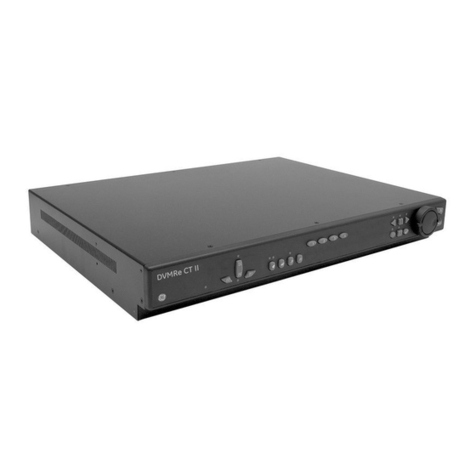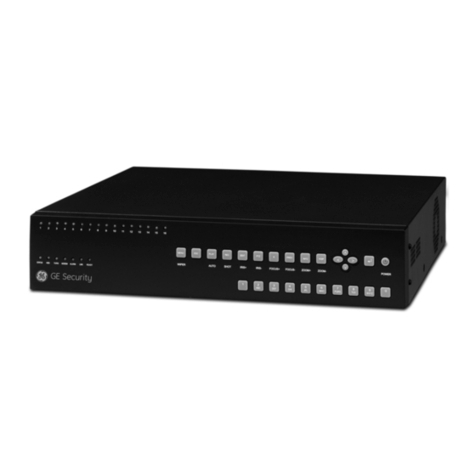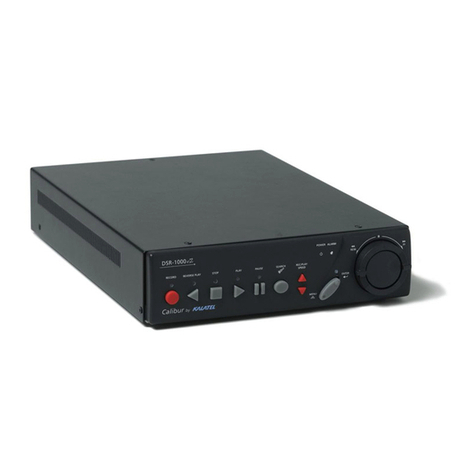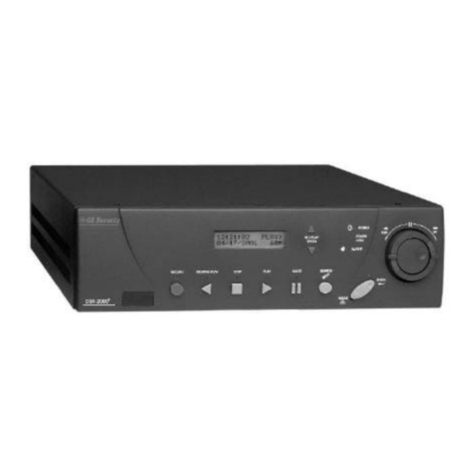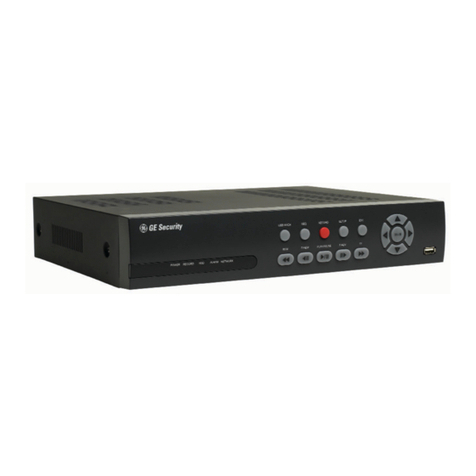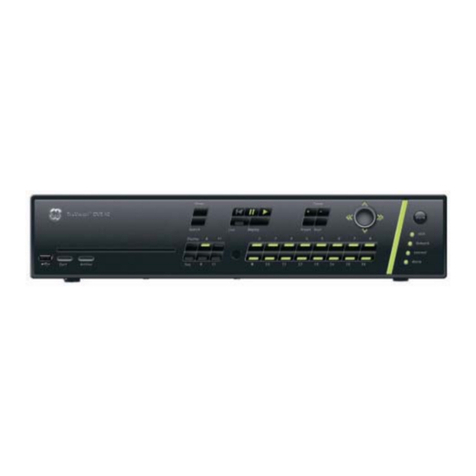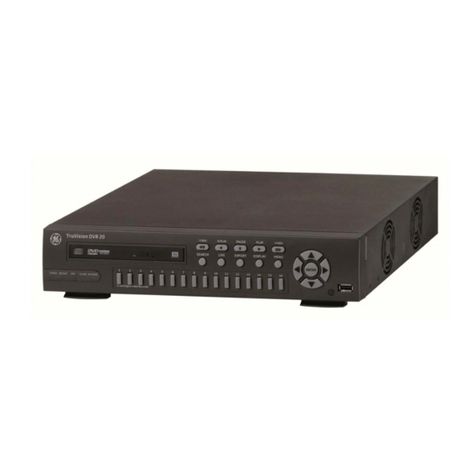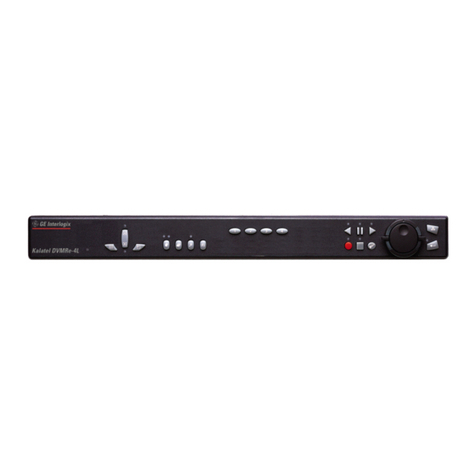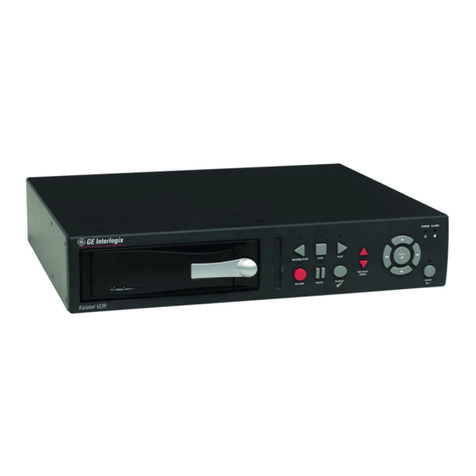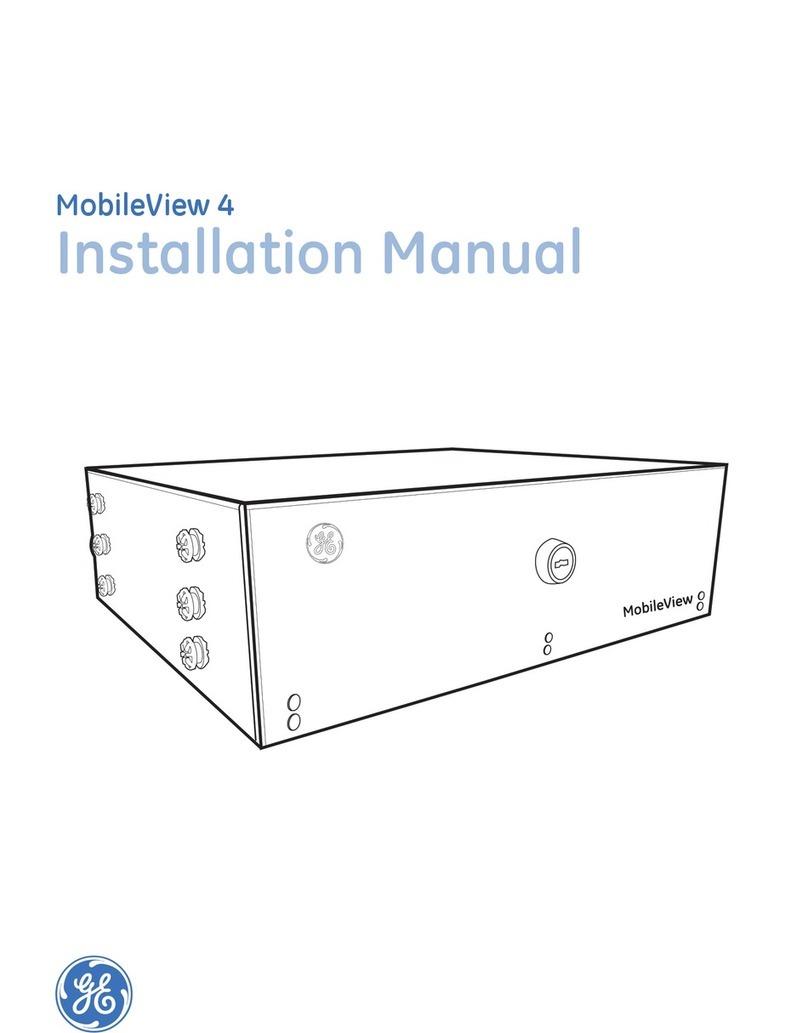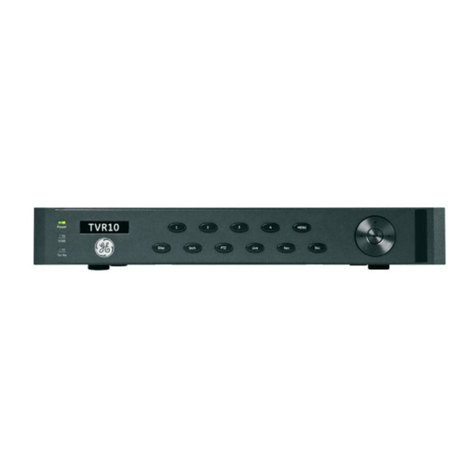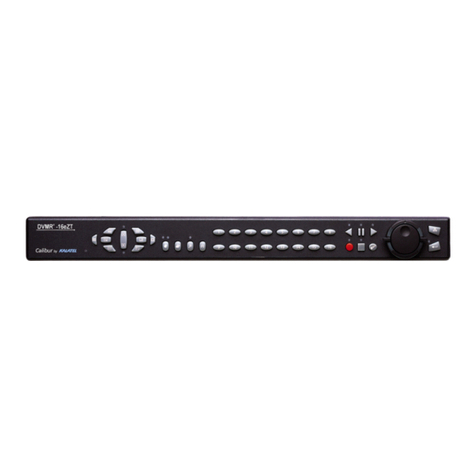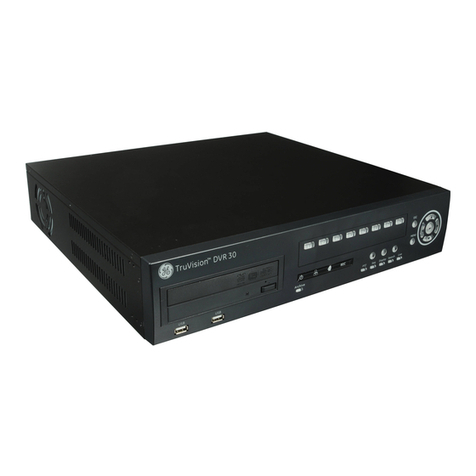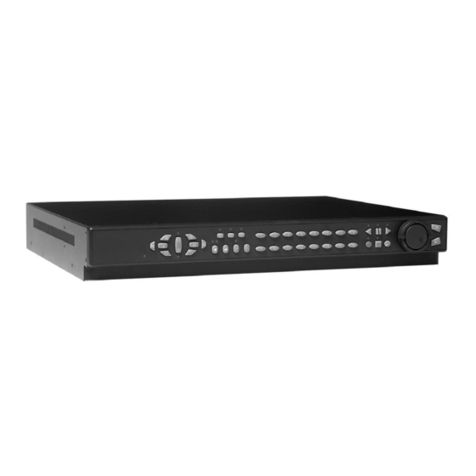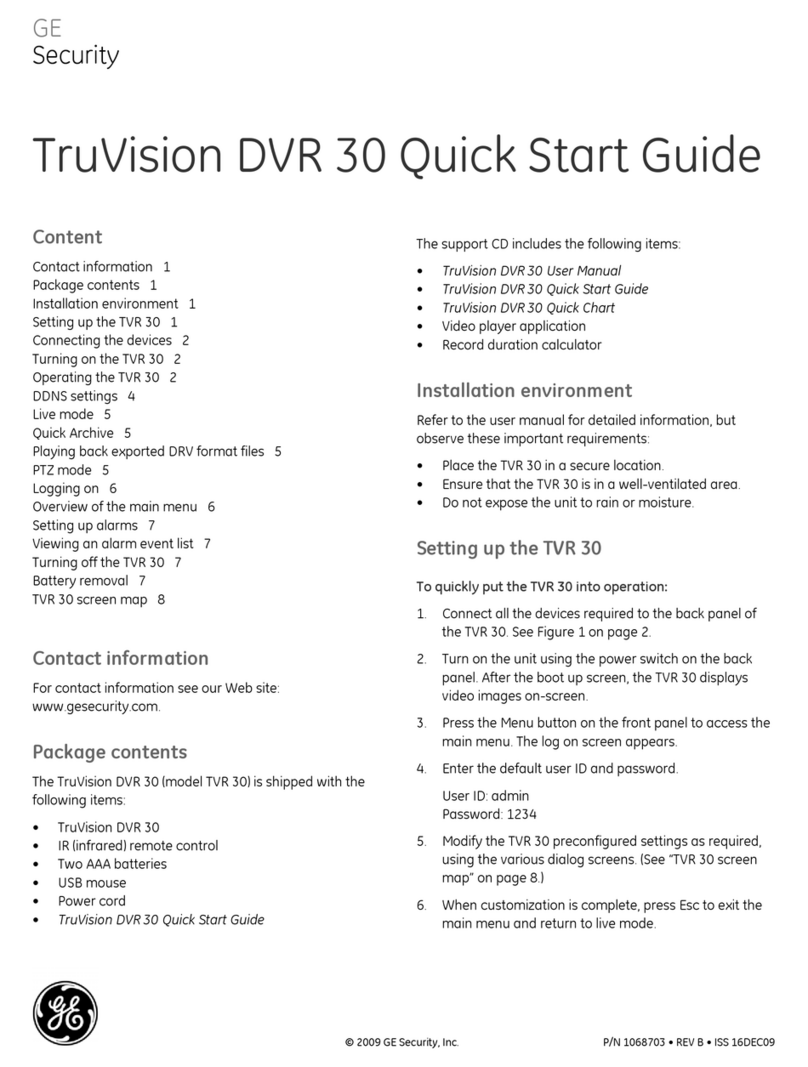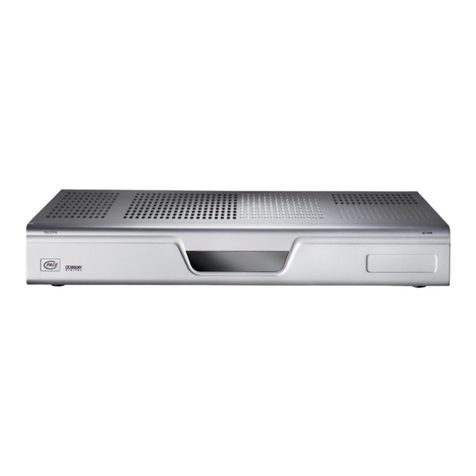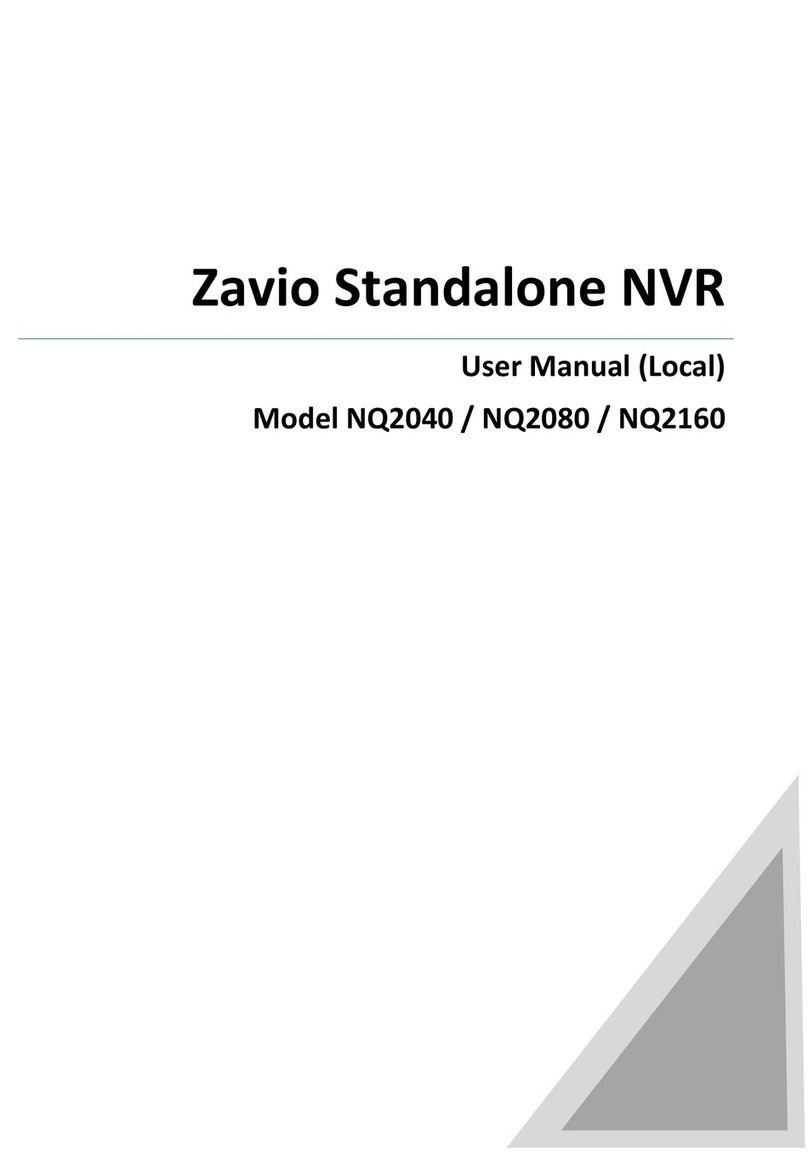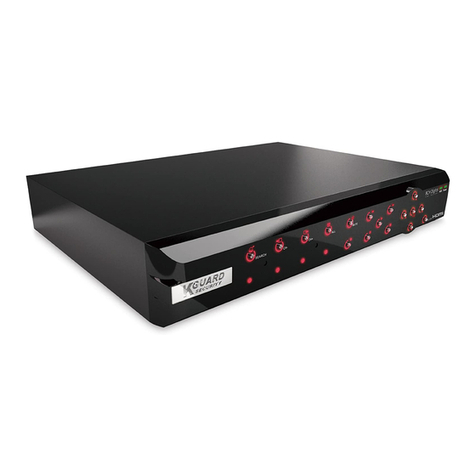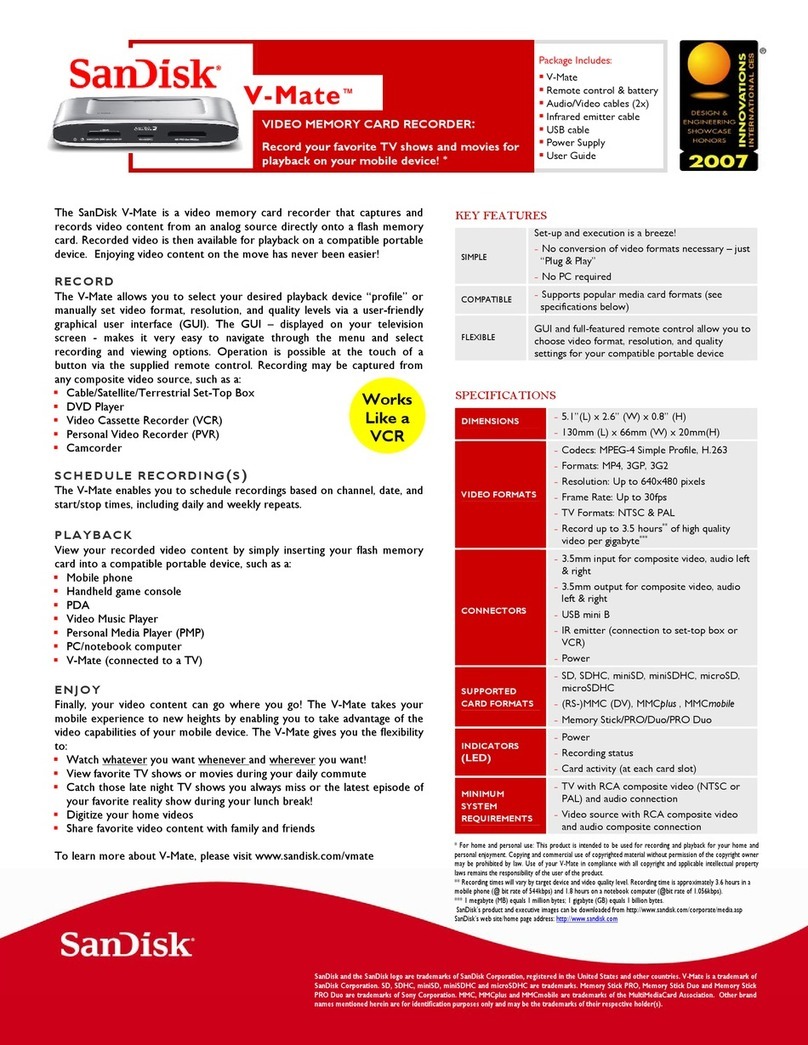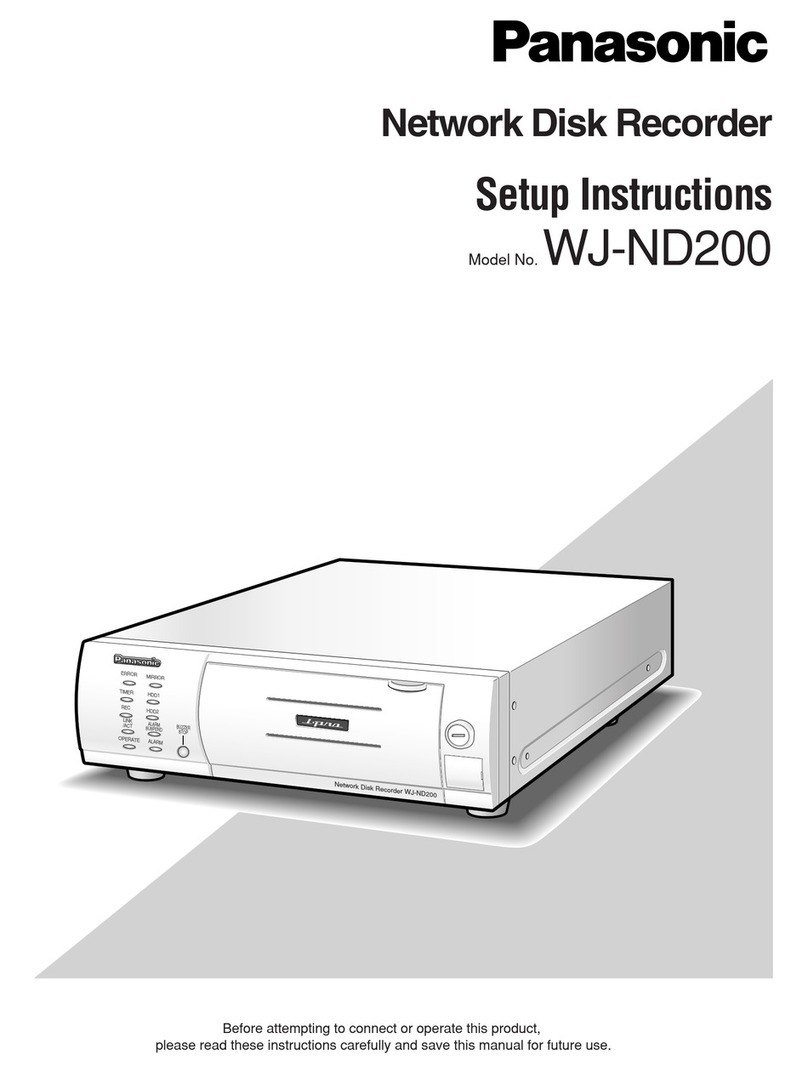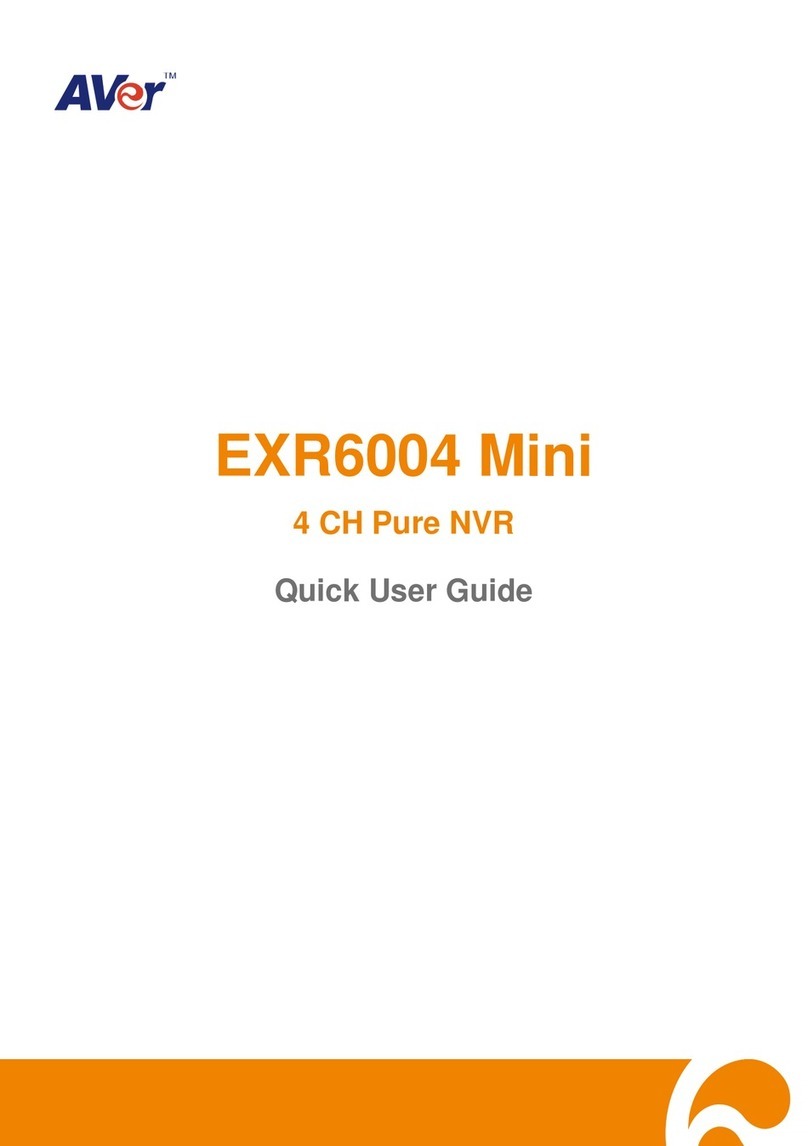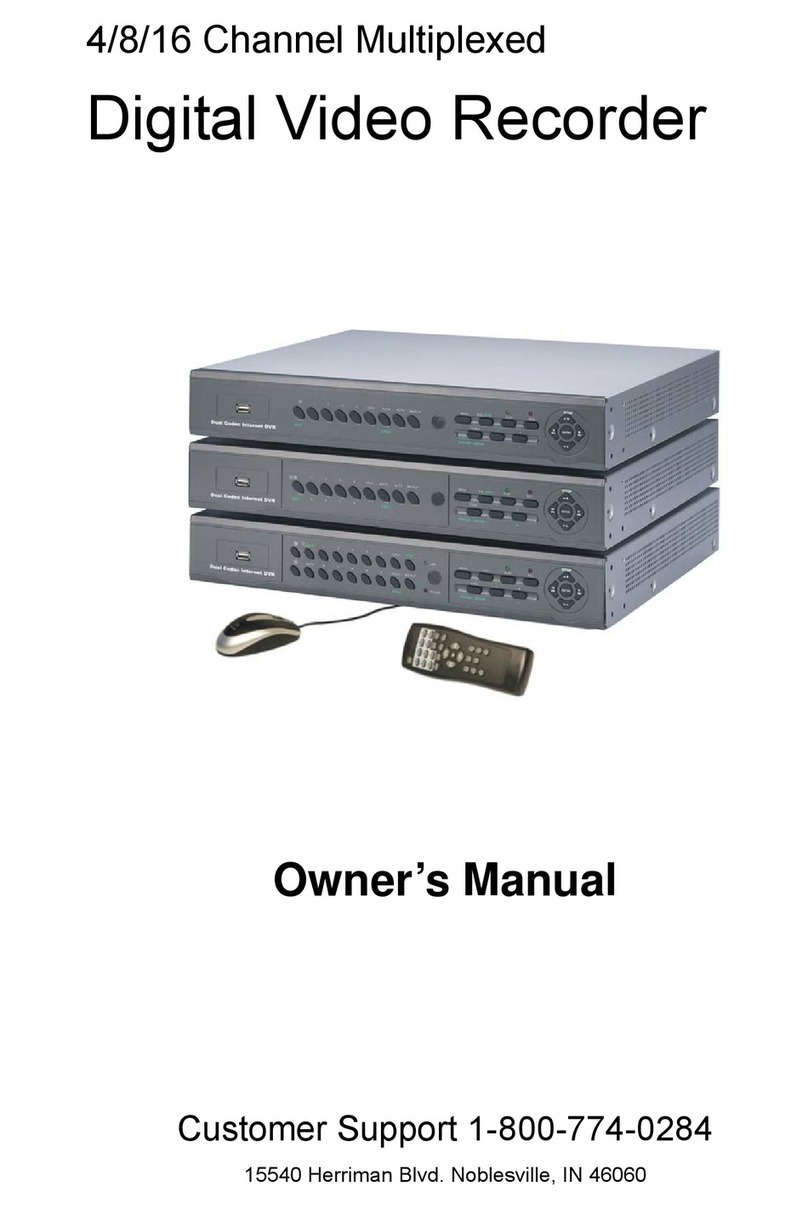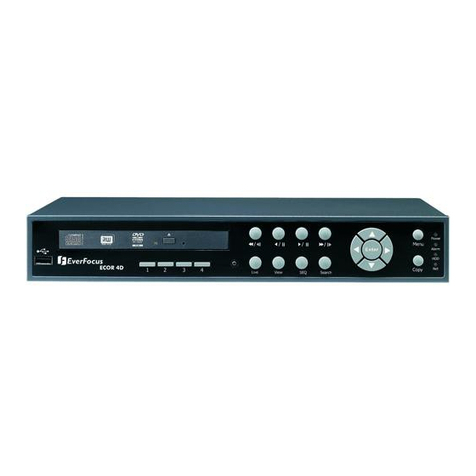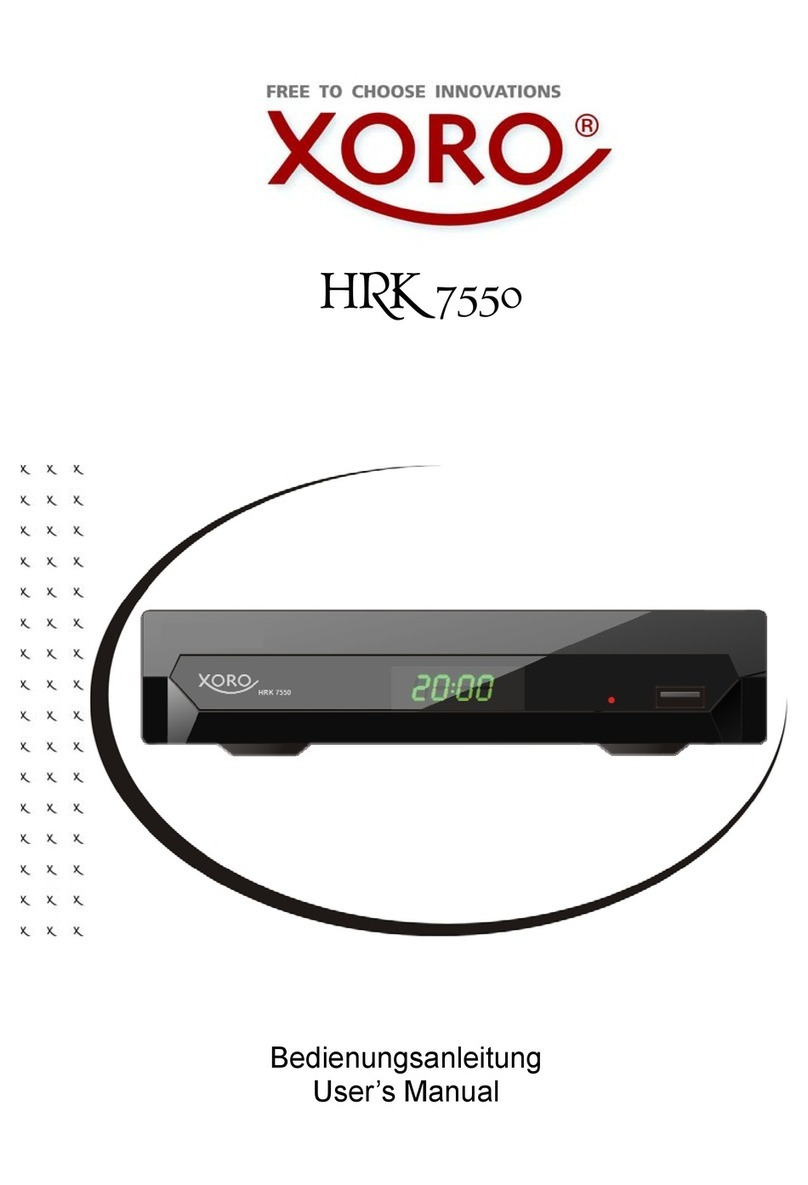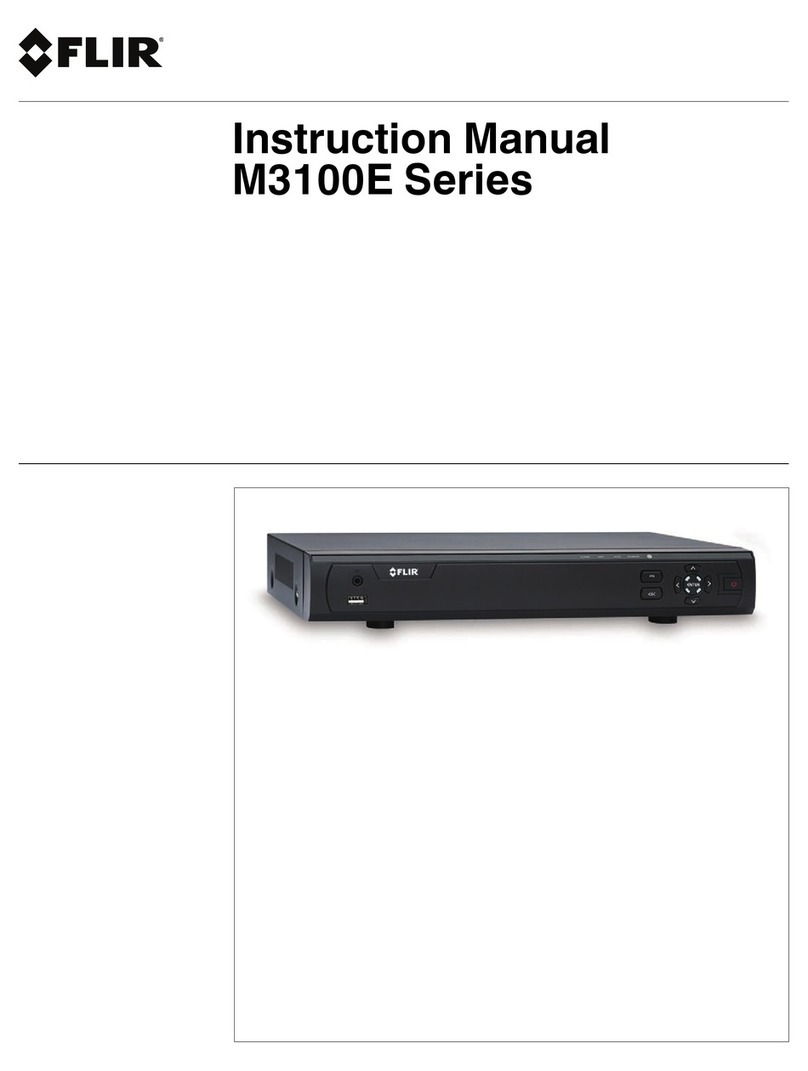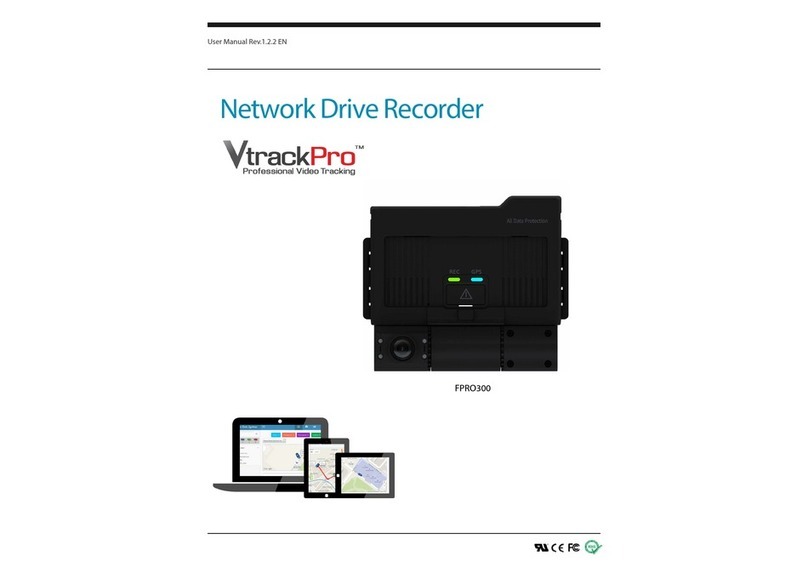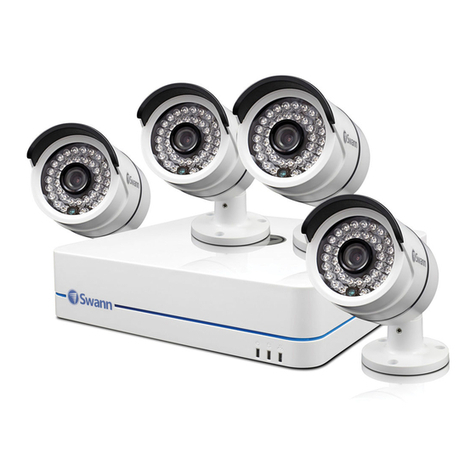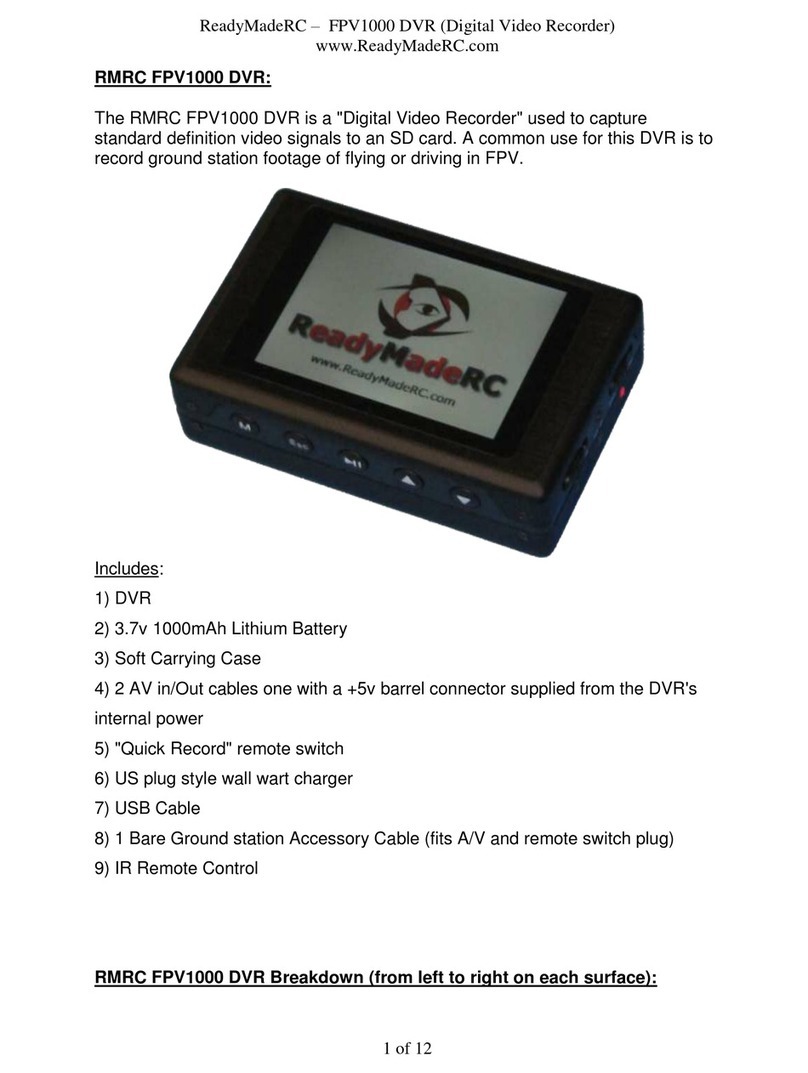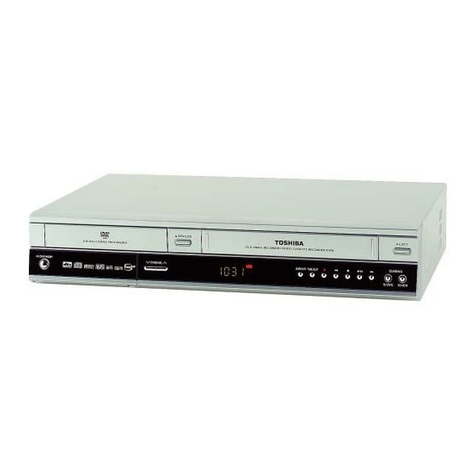Selecting a Location
The following additional hardware is required to install the IVG-400 and connect
cameras to it:
1. Screws to connect the unit to its anchoring surface
2. Cellular modem
3. 16 AWG red and black cable to connect the unit to the vehicle battery
4. Coax cable to connect the camera to the IVG-400
Additional hardware is required for the following
optional features:
IVG-400 Installation Instructions
Page 2 of 7
he
1. Camera control:
•Flat ribbon cable with D-type 9-pin
female connector (Pin 6-TX positive,
Pin 7-TX negative) Figure 2 - Flat ribbon
cable with D-type 9-pin
female connector
2. Connecting a sensor:
•Two wires to connect the output to t
IVG-400 dry contacts (normally
included with the sensor)
3. Connecting an alarm:
•16 AWG red and black cable to connect the
alarm to the IVG-400, and, for release 1,
to a relay
•For release 1: A 12VDC power relay, such
as the Fujitsu FTR-MYAA012A
Figure 3 – Fujitsu FTR-
MYAA012A relay
Selecting a Location
IVG-400 should be placed in the coolest available location in the driver’s cabin of
the vehicle. Some options are:
•Under a seat
•Immediately below the ceiling
•Beside the driver’s seat, under the window
Power Connection and Usage
The IVG-400 draws its power from the vehicle battery. Its current consumption
is 1.5AMP at 12V DC or 0.75AMP at 24V DC.
The IVG-400 can be connected to the vehicle battery in one of two ways:
•Directly
•Through the ignition switch
